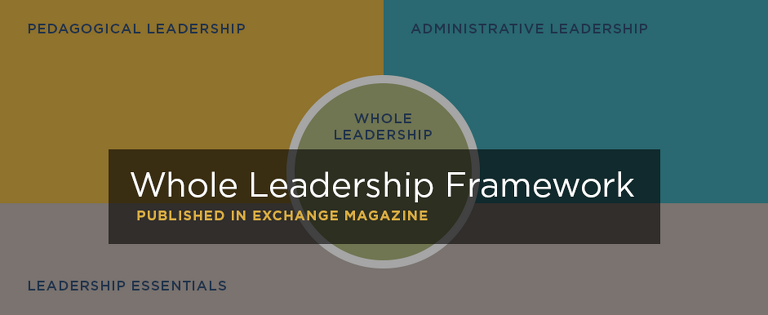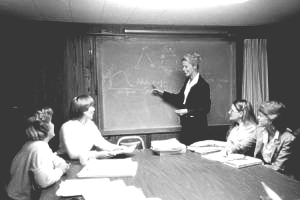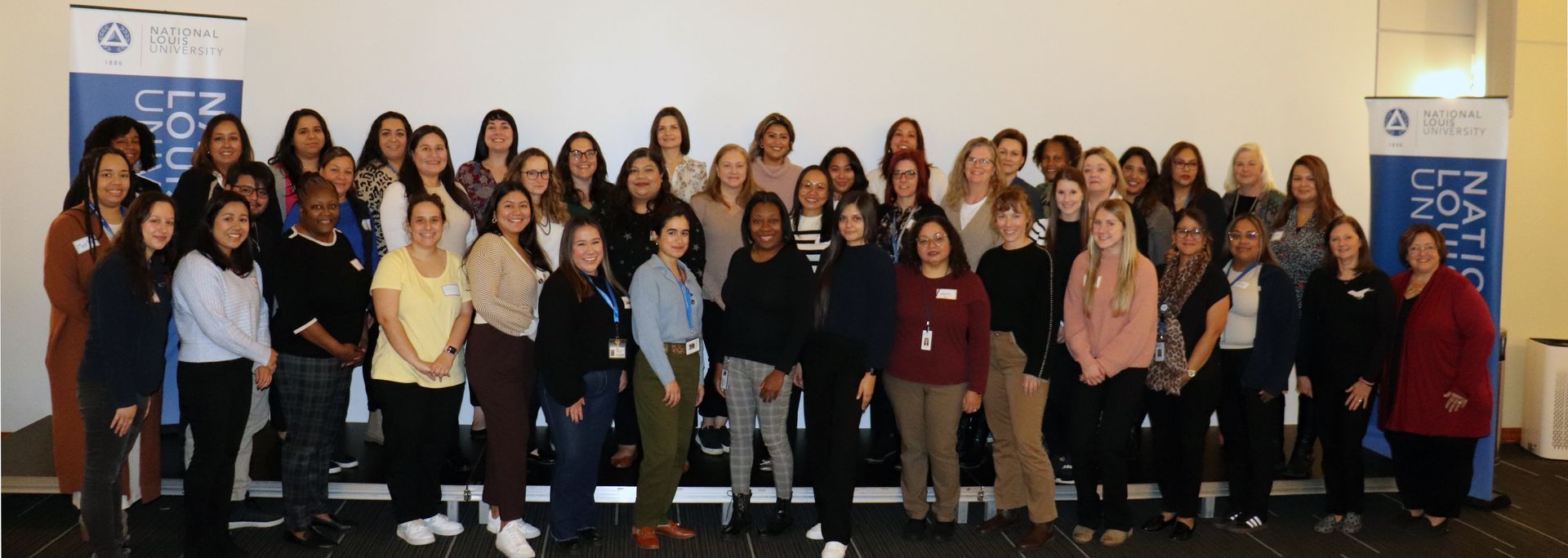BY Michael Abel, Director of Research and Evaluation | February 16, 2017
Whole Leadership Framework now available in Exchange

The Whole Leadership Framework, which has been in development for more than a year, has been published in the January/February edition of Exchange Magazine. Here’s an excerpt:
As the nation addresses the recommendations in the Institute of Medicine and National Research Council’s report, Transforming the Workforce for Children Birth through Age 8: A Unifying Foundation,1 leadership is emerging as an important component for increasing workforce capacity in early childhood education. Because program leaders are included with other individuals considered to be ‘lead educators,’ a clear understanding of their foundational knowledge and competencies is necessary for successful implementation. Yet, early childhood leadership is a multi-faceted and nuanced concept that is often clouded by inconsistent standards and policies across an array of program settings.
The McCormick Center for Early Childhood Leadership at National Louis University developed Whole Leadership, a clarifying conceptual framework to help address this need. It encompasses a broad view of program leadership — evidenced in many areas and collapsed into three domains: leadership essentials, administrative leadership, and pedagogical leadership.
Read the rest of the Exchange article here. View the Whole Leadership Framework here.
The Whole Leadership Framework will be discussed at the Leadership Connections™ national conference, in May. The Framework will be introduced in a plenary session and reviewed in detail during a featured skill-building session to thoroughly explain the conceptual framework and to help participants explore real-life application and implications for how the framework can be used. Already at the McCormick Center, we have begun to align our training, resources, and strategic plans to the Framework.
We hope you find the Whole Leadership Framework useful. We invite continued dialogue leading into Leadership Connections and thereafter.





